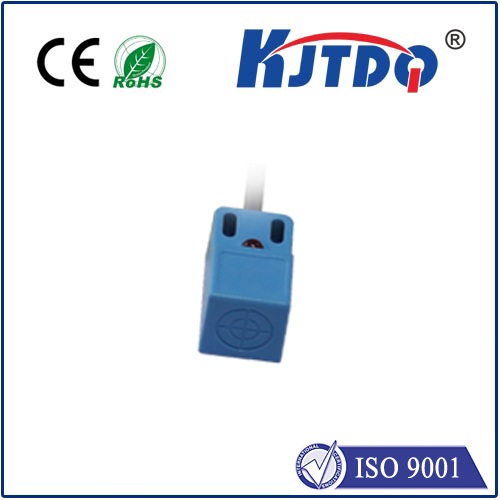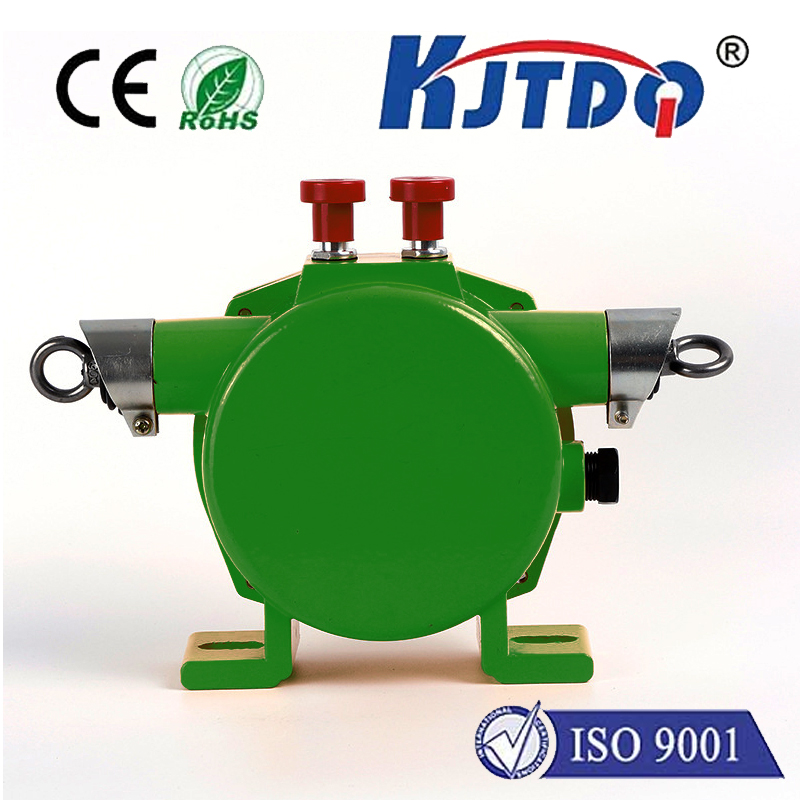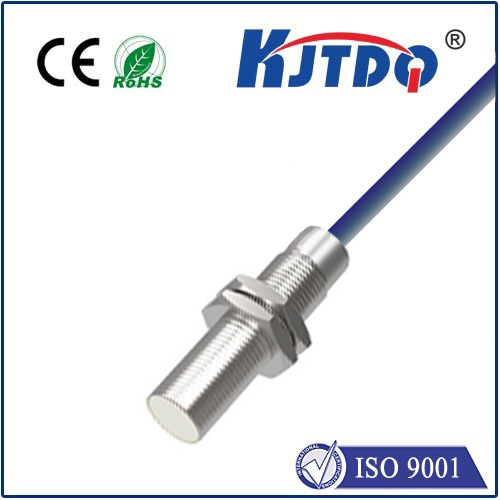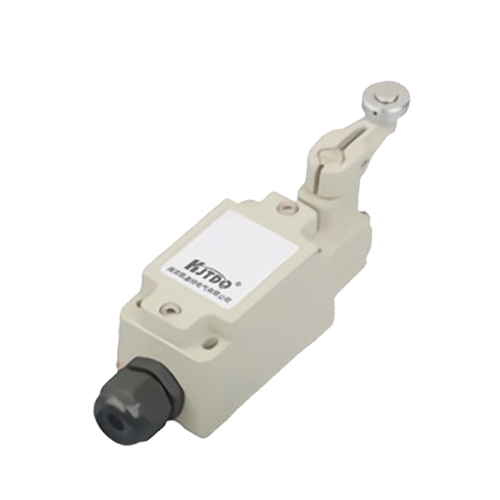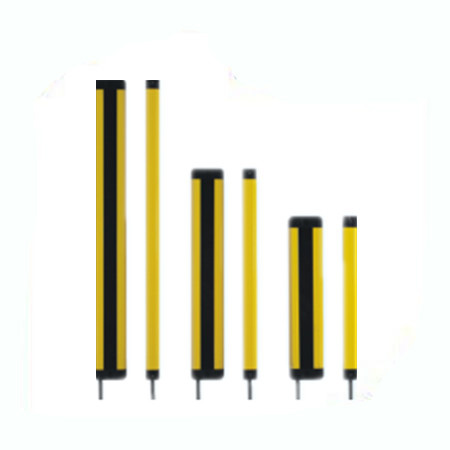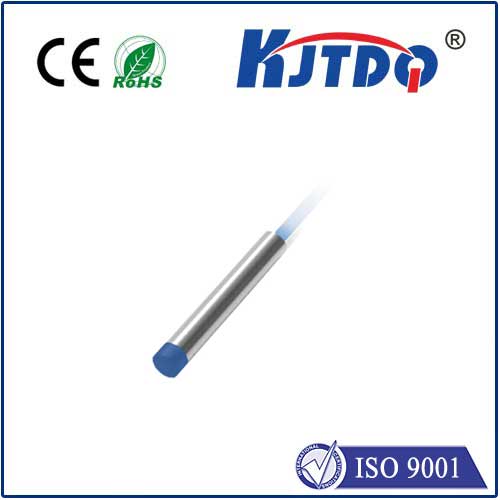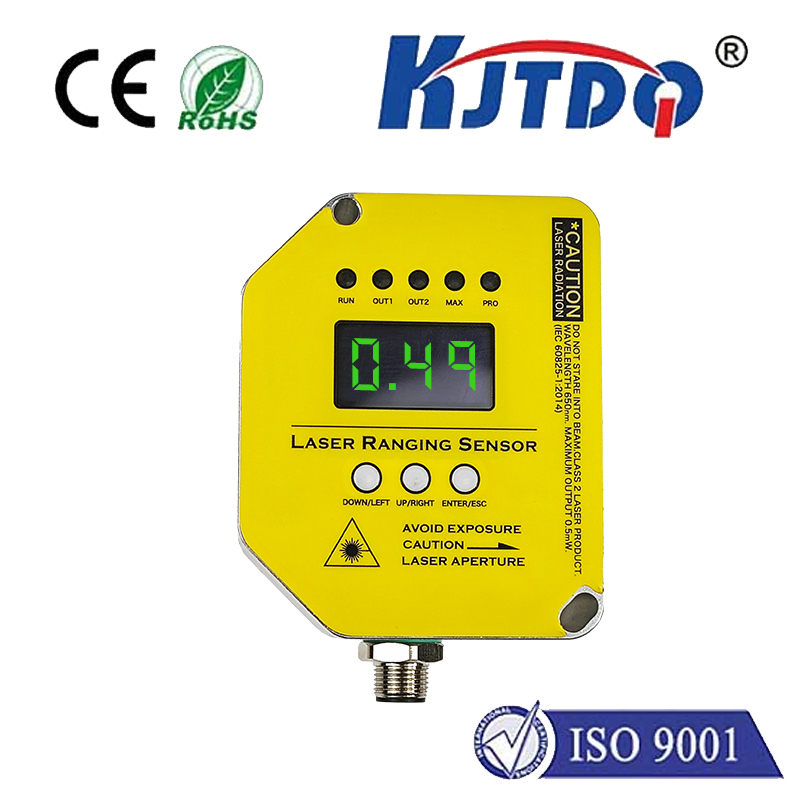pm sensors
- time:2025-09-08 18:02:14
- Click:0
Understanding PM Sensors: Your Essential Guide to Air Quality Monitoring
The air you breathe is invisible, but what’s hidden within it can profoundly impact your health and well-being. You can’t see microscopic dust, soot, pollen, or the dangerous cocktail emitted from vehicles and industry. Yet, this particulate matter (PM), often measured as PM2.5 and PM10, is a major environmental health concern globally. This is precisely where PM sensors step in, transforming the invisible threat into tangible, actionable data. Understanding these sensors isn’t just technical jargon; it’s becoming essential knowledge for safeguarding health in our homes, workplaces, and communities.
So, what exactly is a PM sensor? At its core, it’s an electronic device designed specifically to detect and measure the concentration of solid particles and liquid droplets suspended in the air – collectively known as particulate matter. These particles vary drastically in size and composition, and the sensors are typically categorized by the size fractions they measure most effectively: PM10 (particles less than 10 micrometers in diameter), PM2.5 (less than 2.5 micrometers, often called “fine particles”), and even PM1 (less than 1 micrometer, “ultrafine particles”). The smaller the particle, the deeper it can penetrate our respiratory system, making PM2.5 and PM1 particularly critical for health monitoring.
The magic behind these devices lies in their underlying technology. While several methods exist, the dominant type found in consumer and many professional-grade devices is optical particle counting (OPC), specifically using laser scattering. Here’s a simplified view of how it works:

- Air Intake: A small fan draws ambient air into the sensor chamber.
- Laser Illumination: A precisely focused laser beam crosses the path of the flowing air.
- Detection & Scattering: As an individual particle passes through the laser beam, it scatters the light. The intensity and pattern of this scattered light are unique signatures.
- Signal Processing: A sensitive photodetector captures the scattered light signals. Sophisticated algorithms analyze the signal characteristics (like intensity and pulse width) to estimate the particle’s size and count the number of particles crossing the beam per unit time.
- Data Conversion: The raw particle count is converted into a concentration metric, typically expressed as micrograms per cubic meter (µg/m³) for mass concentration or particles per cubic centimeter (p/cm³) for number concentration. Calibration against known standards is crucial for achieving reliable accuracy.
Understanding the capabilities and limitations of PM sensors is vital for interpreting their data. While laser scattering OPCs offer valuable real-time insights, it’s important to note:
- Size Estimation: They estimate size based on light scattering, which can be influenced by particle shape, composition (refractive index), and density. They don’t provide chemical analysis.
- Humidity: High humidity can sometimes cause hygroscopic particles (those that absorb water) to swell, affecting the measured size and mass. Some advanced sensors attempt to compensate for this.
- Calibration: Performance varies significantly between models and manufacturers. Higher-end sensors undergo rigorous calibration against reference instruments, while very low-cost units may provide only relative trends rather than absolute accuracy.
The applications for PM sensors are rapidly expanding, driven by growing awareness of air pollution’s impacts:
- Indoor Air Quality (IAQ) Monitors: This is perhaps the most common consumer application. Standalone monitors or integrated features within smart home systems use PM sensors to alert residents to poor air quality caused by cooking, cleaning, fireplaces, outdoor pollution ingress, or inadequate ventilation. This empowers actions like turning on air purifiers or opening windows.
- Portable Personal Monitors: Wearable or handheld devices allow individuals to track their personal exposure to PM throughout the day, identifying high-pollution hotspots during commutes or specific activities.
- Smart Thermostats & HVAC: Integrating PM sensing allows HVAC systems to respond proactively, increasing ventilation rates or activating filtration when indoor particle levels rise, creating healthier indoor environments automatically.
- Air Purifiers: Critical feedback sensors within purifiers detect pollutant levels and automatically adjust fan speed (e.g., Auto Mode) for optimal cleaning efficiency and energy use.
- Community & Urban Monitoring: Networks of PM sensors, both governmental and community-led (citizen science projects), provide hyperlocal air quality data, supplementing traditional, expensive monitoring stations and offering a finer-grained picture of pollution sources and patterns within cities.
- Industrial Hygiene & Workplace Safety: Monitoring PM levels in factories, workshops, construction sites, and mines ensures worker safety and compliance with occupational exposure limits (OELs) for specific dust hazards. Real-time alerts trigger necessary interventions.
- Research & Environmental Studies: Scientists rely heavily on PM sensors of varying sophistication for field studies, source apportionment research, and understanding the dynamics of atmospheric aerosols.
Choosing the right PM sensor depends entirely on your specific needs and budget. Consider these factors:
- Purpose: Basic awareness? Quantitative measurement? Compliance reporting? Automation (HVAC/Purifier control)?
- Target Pollutants: Primarily PM2.5? Need PM10 or PM1 as well? Concerned about ultrafines (PM0.1)?
- Accuracy & Precision: What level of confidence is required? Research-grade sensors offer highest accuracy but come with significant cost. Consumer monitors offer varying levels of reliability; look for reviews and independent testing data.
- Response Time: How quickly do you need the sensor to detect changes? Laser OPCs offer fast response.
- Connectivity & Integration: Does it need Wi-Fi/Bluetooth? Smart home platform compatibility? Data logging capability?
- Maintenance: All sensors require periodic cleaning (dust accumulation inside the chamber affects readings) and potentially recalibration over time. Understand the maintenance schedule and ease of access for cleaning.
Maintaining sensor accuracy is paramount. Dust buildup on optics and within the air path is the most common cause of drift. Most manufacturers recommend regular cleaning (often every 3-6 months, or more frequently in very dusty environments) using compressed air or gentle brushing as per instructions. Some higher-end sensors offer user-replaceable components or built-in calibration checks.
PM sensors have evolved from complex laboratory instruments into accessible tools empowering individuals and organizations. By making the invisible visible, they provide the critical data foundation needed to make informed decisions about ventilation, filtration, activity modification, and broader environmental policy. Investing in understanding and potentially utilizing PM sensing technology is an investment in breathing cleaner, healthier air. Whether it’s ensuring the safety of your home environment, complying with workplace regulations, contributing to community science, or simply satisfying personal curiosity, these detectors play an increasingly vital role in our modern world.






